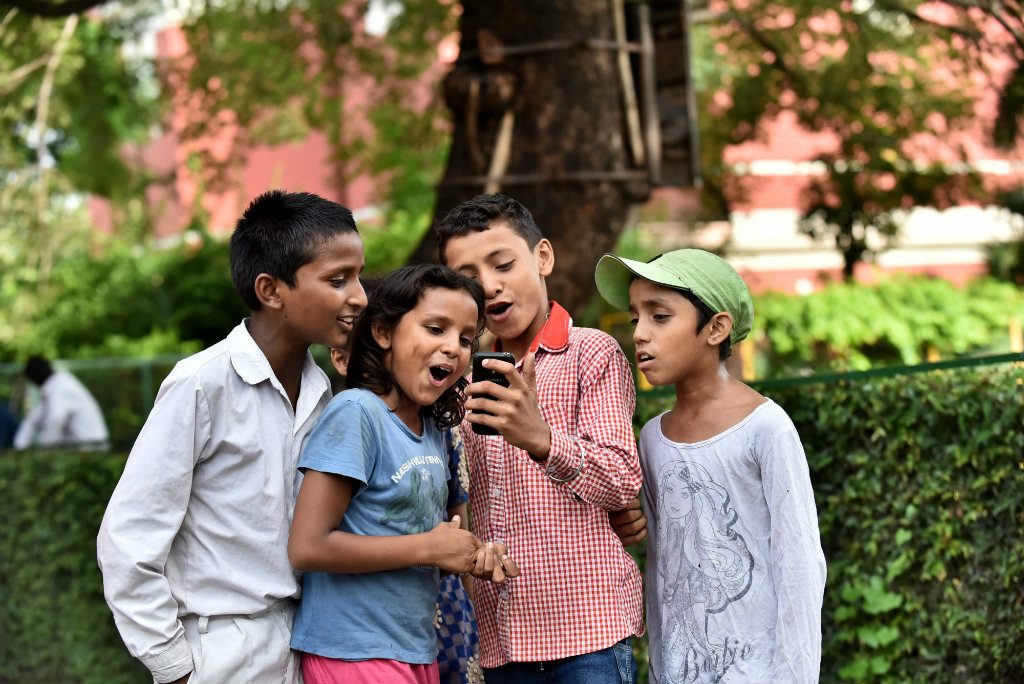
Digital screen time has become an inseparable part of kids’ lives. Today’s children are growing up with technology in an unprecedented way. Regardless of whether they are toddlers, school-age kids, or teenagers, managing kids’ media use is a cause of anxiety for many parents, leaving them wondering as to how much of the screen time for kids is too much?
It has been such a big transition from the tradition of mothers and elders telling or reading to kids fairytales. But it has also been inevitable with the advncement of the technology.
A recent report shows that children’s screen time continues to increase among 38 percent of kids under two who were found to have used a mobile device for media, compared to 20 percent in 2020. The number of children using a mobile device on daily basis has more than doubled during this period- from 8 percent to 17 percent.
The main problem with screen time is that it’s a sedentary activity. Whether your child is watching cartoons or playing on their tablet, they are not being physically active while glued to a screen, but physical activity is a critical part of your child’s physical and emotional health.

Too much screen time is undoubtedly harmful experts and parents say. But in this digital era, it has become inevitable for parents to allow their kids to allow them to have some screen time. Computers have long been helpful for schoolwork, and plenty of tv shows are intended to be educational for children.
Recent research suggests that it is the nature of screen time rather than the length that matters. The quality of screen time for kids is more important than its quality.
“In this digital age, electronics are part and parcel of our lives. Life without electronics is unimaginable and impractical. It is imperative that parents become part of the process and model healthy and model healthy balance and provide alternative activities for kids rather than simply restricting screen time for kids, said Dr. Verda Dar.”
Modern technologies have brought a significant number of improvements to traditional school curriculums. For instance, they allow schools to offer online learning programs. They can engage kids to gain, evaluate, and expand their knowledge while also developing their social working and collaborating with other students remotely.
A recent UNICEL report examined the online experiences of kids and teenagers around the world. The results suggest that children under 18 represent 1 in 3 internet users globally.

Despite the benefits, make sure to have your guard up and know what is going on. Digital resources bring serious dangers as well. In developed countries, there are also rising concerns about the connections between internet use and mental health problems, these can be anxiety or depression in youth. So it is essential to communicate with your child and make sure that your children have their problems with you confidently.
“Rather than trying to minimize screen time, I think parents and teachers should try to maximum creative time, said pediatrician Dr. Palwasha khan.”
Screen time in itself won’t prevent your child’s ability to thrive. However, it is essential to provide opportunities for kids to develop critical thinking, imagination, and creativity while browsing.
Kids are growing up surrounded by technology. Therefore, it is crucial to help them learn the concepts of media use. Parents play a critical role in teaching these skills.














